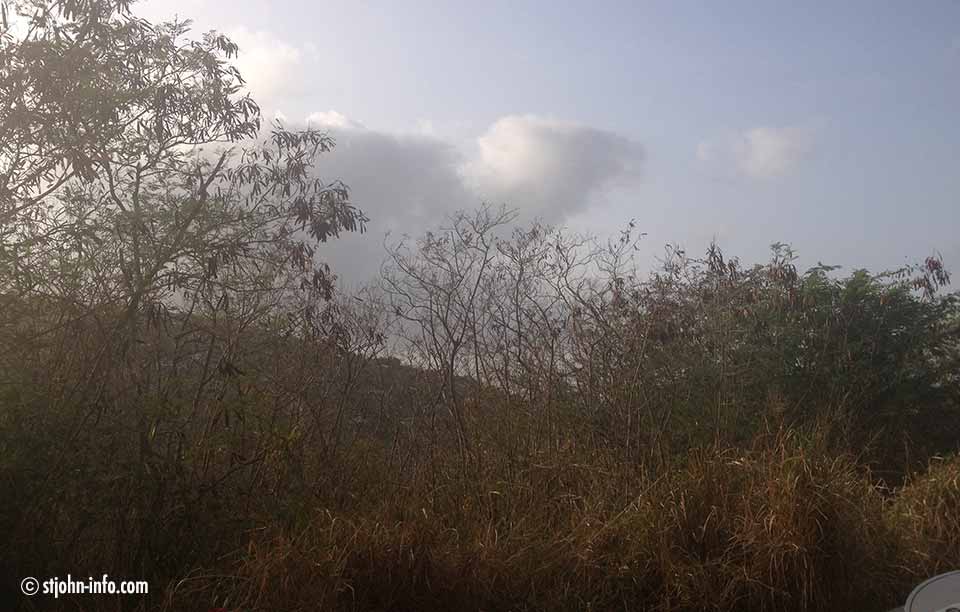Every year, intense Saharan winds send enormous clouds of dust on a trans-Atlantic journey to the Amazon basin.
This dust, much of it originating in an ancient lakebed in Chad, currently clouds the St. John sky, covers cars in fine layers of dust.The fine dust can trigger hayfever-like symptoms and cause existing respiratory problems to flare up, prompting a warning to those with lung or heart disease to avoid strenuous exercise outside. Asthma sufferers have been told to use their inhalers more often.
But there also is an upside. It is rich in phosphorus. When it reaches the rainforest, the remains of long-dead organisms of the Sahara provide crucial nutrients to the rainforest’s living flora. Phosphorus, which is essential to plant growth, is in short supply in the Amazon. It was found to have provided essential fertilizer for the jungles in the south American region and is believed to compensate for poor rainforest soils.
Another positive benefit is that Saharan dust clouds can reduce the chances of hurricane formation. The dust can act as a shield and block sunlight from reaching the sea surface – in some cases reducing the temperature by 1 degree Celsius. This has important consequences for hurricane and tropical cyclone formations, which are very sensitive to sea surface temperatures, Climate and Geohazards writes. Last year a cloud of Saharan dust blowing towards the Caribbean was found to be blocking the development of tropical storms as it travelled, the Tampa Bay Times reported.
Back to the downsides, while Saharan dust can be beneficial to the oceans – it has also been found to coincide with coral declines in the Caribbean islands
Image courtesy of www.sup-stjohn.com
Sources and more information on Sahara Dust
http://science.nasa.gov/science-news/science-at-nasa/2015/29apr_amazondust/
http://www.huffingtonpost.co.uk/2014/04/02/sahara-dust-7-things-you-didnt-know-about_n_5074805.html
http://earthobservatory.nasa.gov/NaturalHazards/view.php?id=78638




 Follow
Follow





Leave a Reply